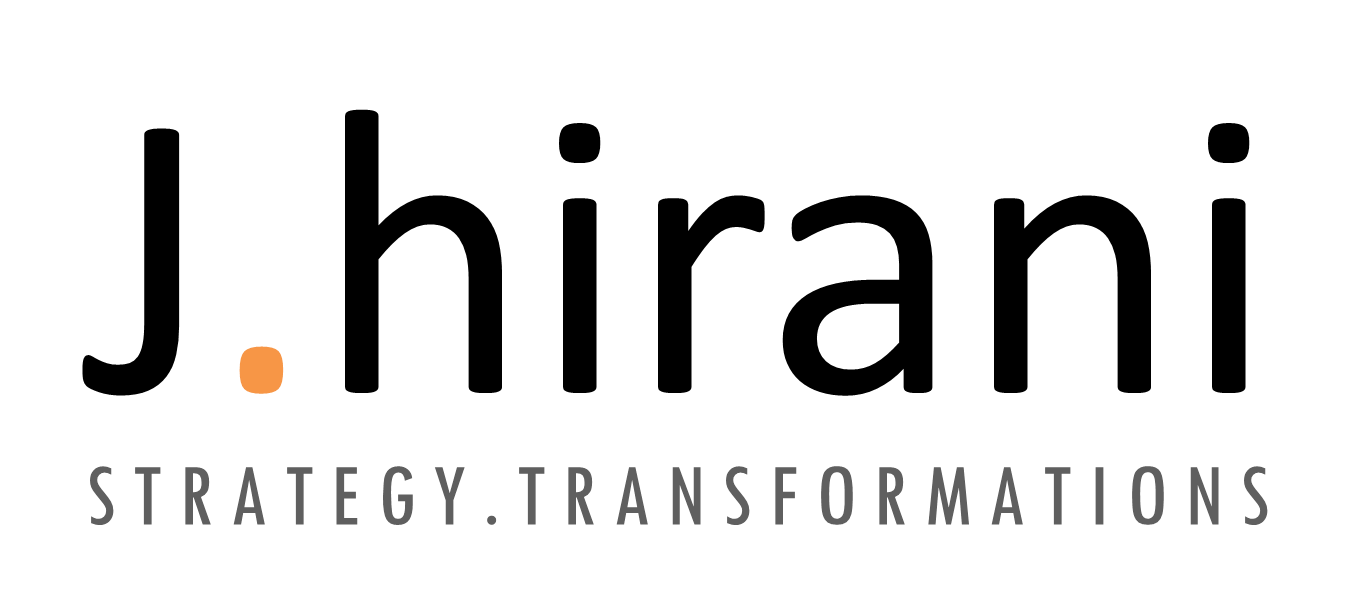Digital learning & Market Potential
As the usage of internet is increasing day-by-day, industries are taking this opportunity to widen their scope in the country, the same is done by education industry. The internet penetration rate in India is estimated to reach above 55% by the end of 2025, digitization in education has remained the top most priorities of the government and with the covid-19 pandemic there has been a heavy boost to the digital learning and making it dominant over physical schooling or college in past around 1.5 years.
India has world’s largest population in the age bracket of 5-24 years; around 500 million and this creates a great opportunity for education sector. In 2020-21, there were 9700 total AICTE approved institutes. Of the total, there were 4100 undergraduate, 4951 post graduate and 4514 diploma course.
India has become the second largest market for digital learning after the U.S. The sector is at global level is expected to reach US$ 196 billion by end of 2021 with around 9.5 million users. In India, the online education market is forecasted to reach US$ 11.6 billion by 2026.
How digital learning is transforming in India
Pushed by the pandemic, Indian education system has undergone into the major haul in terms of not just operations but also business models. More than 35 Crore students and 1.08 Crore teachers across 15 lakh schools in India were unable to attended classes during the lockdown.
In order to address the challenges like these, traditional method of teaching is being revamped; that’s were technology or digital transformation comes into picture and if the same is being used effectively by the institutions can make learning much more interactive.
Some major changes becoming a new normal are:
Digital/Smart Classrooms: Classrooms across India are adopting digital and multisensory methods, empowering educators, trainers and students alike. This has made education more inclusive and participatory in nature. Institutions have started using interactive whiteboards extensively that support visual, auditory, and kinaesthetic learning styles that led to superior learning outcomes. The focus is on curating, interacting with, and absorbing content, making learning more collaborative. The adoption of smart classroom systems by schools is transforming the traditional education system. The sudden switch is not only limited to private schools but even a number of government schools have started running smart classes.
Artificial Intelligence (AI): AI has revolutionized education, it has helped automate analysis of data such as attendance, assignments, student performance, and so on, and providing teachers more time to spend on their core task of facilitating learning. AI helps teachers to personalize learning taking into account the individual learning traits, produce smart content along with visualization and simulation techniques while allowing for automating daily tasks. AI-driven analytics is also helping institutions remain competitive.
Mobile based learning: Devices like laptops, smart-phones, and tablets are some powerful tools that are being adopted to prepare students for the real world and their future careers. These tools have access to sufficient high quality and engaging content that can be constantly updated in real time (unlike textbooks) and remain adaptive to meet the diverse needs of the learners. From enhancing learning and engagement by providing bespoke curriculum, technology is also making education available to anyone and anywhere, effectively and efficiently.
Remote learning: With digital education shaping itself day-by-day this pandemic has given it a more refined shape in terms of delivery which eases the constraints of time, location and distance on learning. Students can access their lessons and learn using digital academic content, video-conferencing, pre-recorded videos, access class-forums using social media, and so on. Institutes can now enable students to upload assignments and access review reports with the help of cloud technology.
Hybrid learning Approach: The advantages of getting in a hybrid learning approach are many. From improved flexibility for students and teachers to increased access to learning for students in rural India, hybrid learning is helping to change the way people think of education and is removing many of the barriers that have traditionally existed. One of the most important factors while implementing the hybrid learning approach is to ensure that the quality of the learning experience is the same as in class training.
Game-based learning: Gamification and education are becoming increasingly intertwined day-by-day. This is changing the way students are perceiving learning, especially in the K-12 segment. Through the added ‘fun’ elements that come along with gamification, students are more engaged and have a more positive attitude when it comes to learning.
Future
Digital education may not totally replace the blackboard but instead there will be a Hybrid approach which educational institutions can adapt supported by blended curriculum. In hybrid approach, the institutions will be able to
Author:
 Harsh Pavani, a PGDM graduate is associated with J.hirani as a Business Analyst, who is a great believer of ethics and likes to stay quiet and humble. He is always ready to learn something new and has worked closely in the industries of manufacturing and hospitality.
Harsh Pavani, a PGDM graduate is associated with J.hirani as a Business Analyst, who is a great believer of ethics and likes to stay quiet and humble. He is always ready to learn something new and has worked closely in the industries of manufacturing and hospitality.
Harsh Pavani, a PGDM graduate is associated with J.hirani as a Business Analyst, who is a great believer of ethics and likes to stay quiet and humble. He is always ready to learn something new and has worked closely in the industries of manufacturing and hospitality.
©J.hirani, Can digital learning replace the blackboard?, July 2021. All rights reserved



